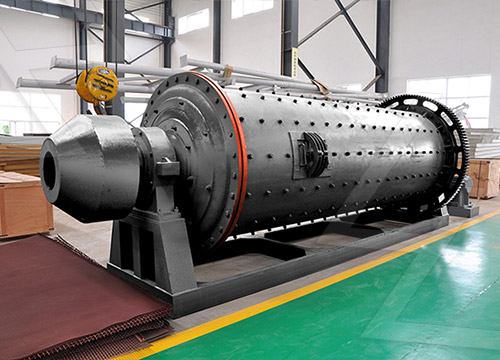A ball mill is a type of grinder used to grind and blend materials for use in mineral dressing processes, paints, pyrotechnics, ceramics, and selective laser sintering. It works on the principle of impact and attrition: size reduction is done by impact as the balls drop from near the top of the shell. A ball mill consists of a hollow cylindrical shell rotating about its axis. The axis of the shell may be either horizontal or at a small angle to the horizontal. It is partially filled with balls. The grinding media are the balls, which may be made of steel (chrome steel), stainless steel, ceramic, or rubber. The inner surface of the cylindrical shell is usually lined with an abrasion-resistant material such as manganese steel or rubber, which prevents the inside of the mill from wearing out.

The assembly of a ball mill involves several key components that work together to facilitate the efficient grinding and mixing of materials. These components include the following parts:
- The Ball Mill Shell: The cylindrical shell is the main part of the ball mill. It is made of thick steel and is lined with abrasion-resistant materials. Its rotation is what causes the grinding media to impact and grind the material.
- The Feed and Discharge Hopper: These hoppers are designed to feed materials into the ball mill and to discharge the ground material out of the mill. They are equipped with mechanisms to control the flow of materials in and out of the mill.
- The Grinding Media: These are the balls that are placed inside the ball mill. The type and size of the grinding media can vary depending on the material being processed and the desired end product.
- The Drive System: This includes the motor, gearbox, and the driving gear that rotates the mill shell. The drive system is essential for providing the necessary power to rotate the ball mill at the desired speed for efficient grinding.
- Bearings and Lubrication System: Properly functioning bearings and an effective lubrication system are crucial for ensuring smooth and efficient operation of the ball mill. They help reduce friction and wear between moving parts.
- Control System and Instrumentation: Modern ball mills often come equipped with sophisticated control systems and instrumentation to monitor and control various parameters such as the rotational speed, temperature, and flow rate. These systems ensure optimal performance and prevent any potential operational issues.
- Safety Features: Ball mills are equipped with various safety features, such as emergency stop buttons, protective covers, and safety interlocks to prevent accidents and ensure the safety of the operators and the surrounding environment.
During the assembly process, each of these components needs to be carefully installed and aligned to ensure the smooth and efficient operation of the ball mill. Proper attention must be given to the precision of assembly and the quality of materials used to ensure the longevity and reliability of the ball mill. Regular maintenance and periodic inspections are also crucial to identify and address any issues that may arise during the operation of the ball mill.
